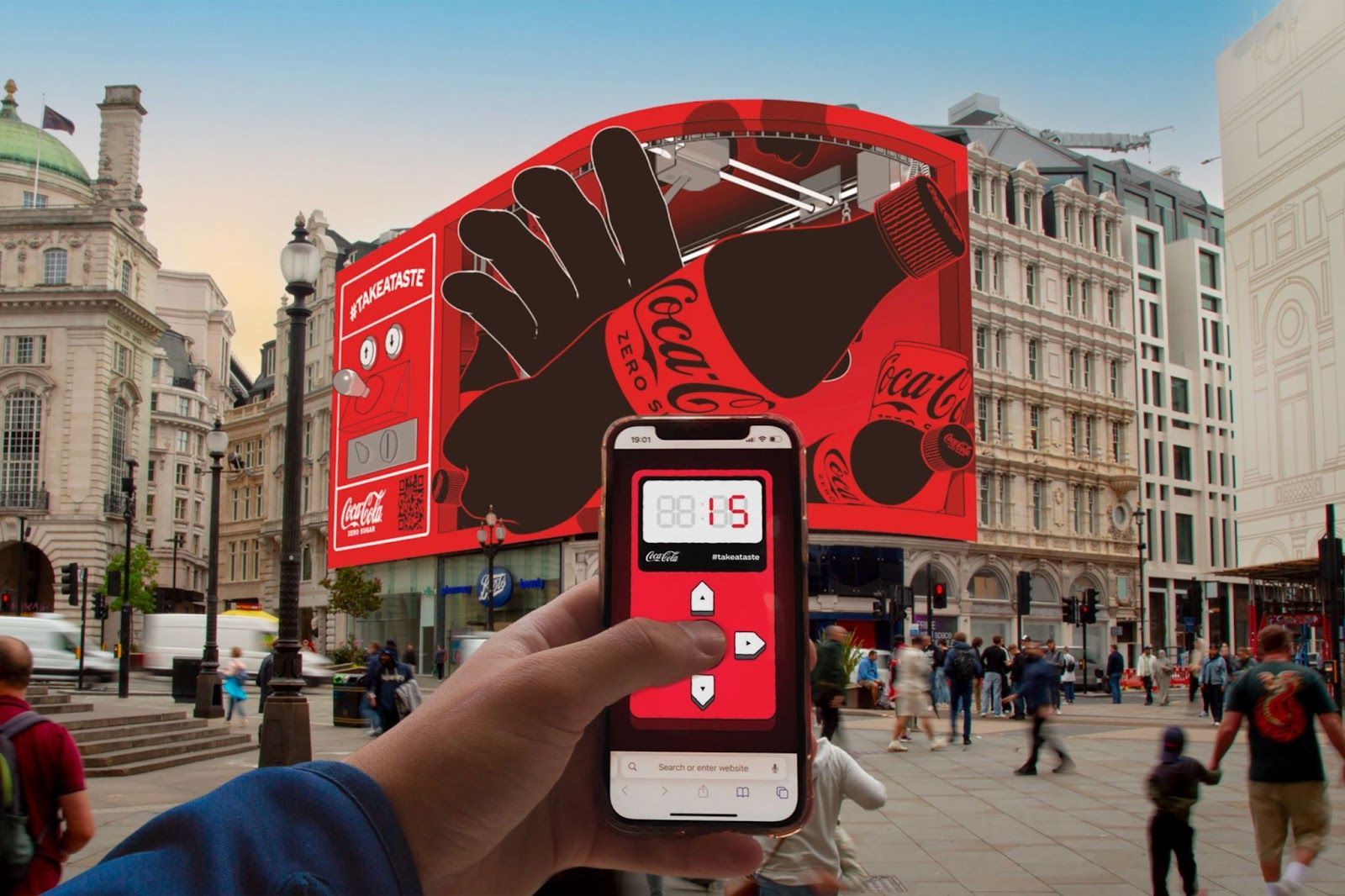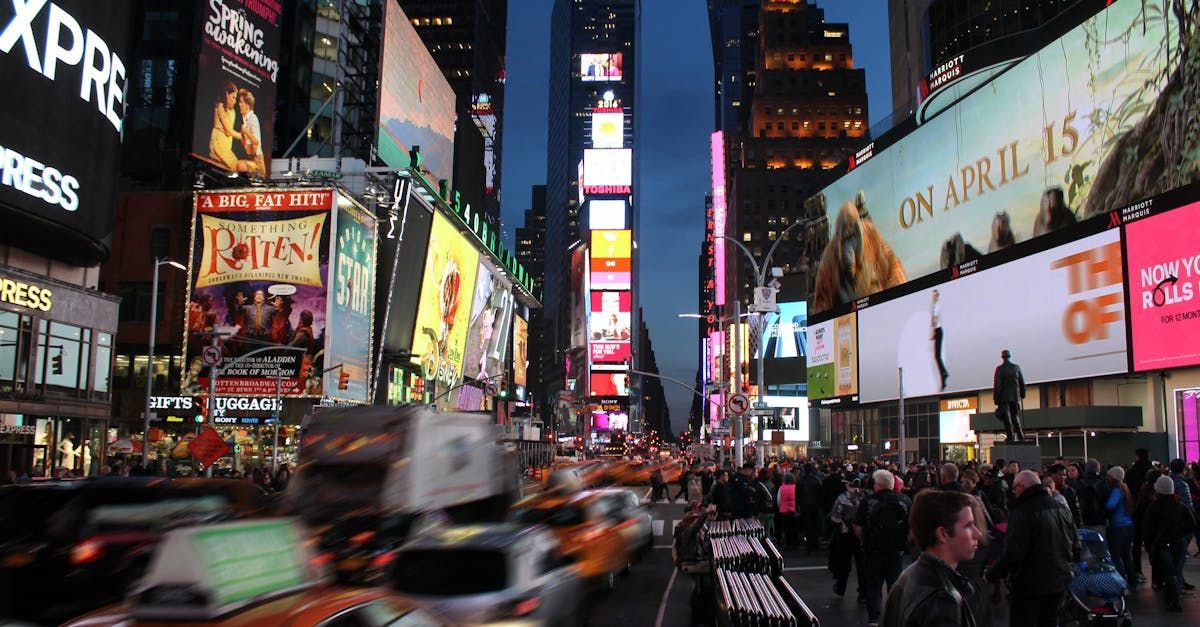Outdoor Advertising: Pros and Cons
Outdoor advertising remains a pivotal element in many businesses' marketing strategies, offering a unique blend of reach, visibility, and creative potential that other advertising mediums struggle to match. From billboards and bus wraps to digital signage, outdoor advertising continues to evolve, harnessing the latest technologies to capture audience attention in the public sphere. However, like any marketing strategy, it has its advantages and disadvantages. Here, we explore both sides to help you determine whether it’s the right approach for your marketing needs.
Pros of Outdoor Advertising
1. High Visibility
One of the strongest advantages of outdoor advertising is its high visibility. Large formats like billboards are usually placed in high traffic areas, making them visible to thousands of people daily. This constant presence in public places ensures that a brand's message reaches a broad audience, including those who might not be exposed to digital or print media.
2. Frequency
Due to the static nature of most outdoor advertisements, individuals are likely to see the advertisement multiple times. This repeated exposure can help increase brand recall, as the more often people see an advertisement, the more likely they are to remember the product or service when they’re ready to purchase.

3. Creative Flexibility
With advances in digital technology, outdoor advertising offers immense creative flexibility. Digital billboards can display animated or changing ads, allowing for dynamic content that can be updated as needed. This adaptability makes it easier for businesses to run time-sensitive promotions or react to changing market conditions with speed and agility.
4. Geotargeting
Outdoor advertising can be strategically placed to target specific demographics or geographic areas. For instance, a billboard near a university might display ads for laptops and smartphones, while one in a more affluent area might showcase luxury goods or services. This targeting ensures that the advertisements are relevant to the specific audience in that area, potentially increasing conversion rates.
5. Cost-Effectiveness
Compared to other forms of media, outdoor advertising can be surprisingly affordable, especially considering the number of people it reaches. The cost per thousand impressions (CPM) for outdoor advertising tends to be lower than for radio, television, or print media, making it an attractive option for businesses looking to maximize their advertising budgets.
Cons of Outdoor Advertising
1. Limited Content
Space on outdoor advertisements is limited, which means they can only convey a simple message. This brevity requires the message to be straightforward and impactful, but it also limits the amount of information that can be communicated. As a result, it may not be the best medium for complex or detailed marketing messages.
2. Short Engagement Time
The transient nature of outdoor advertising means that viewers usually only have a few seconds to view and comprehend the advertisement. This short engagement time requires ads to be highly impactful and easily digestible, which can be a challenging balance to strike.
3. Environmental and Social Impact
Billboards, in particular, can have visual and environmental impacts. Large billboards can be seen as eyesores that contribute to visual pollution in natural and urban landscapes. Furthermore, the production and lighting of these advertisements consume energy and resources, contributing to a larger environmental footprint.
4. Regulatory Restrictions
Outdoor advertising is heavily regulated in many areas, with restrictions on size, placement, and content. These regulations can limit the effectiveness of a campaign or increase the time and cost required to launch new billboards or other outdoor formats.
5. Weather Dependence
Physical outdoor advertisements are subject to weather conditions. Materials and electronic components must be weather-resistant and durable, which can increase initial costs. Additionally, poor weather can reduce the visibility and effectiveness of outdoor advertisements.
Conclusion
Outdoor advertising offers a unique combination of reach, frequency, and creative potential that can be highly effective for many marketing campaigns. However, it has its drawbacks, such as content limitations, regulatory challenges, and environmental concerns. Businesses considering this approach should weigh these factors carefully against their marketing goals and target audience to determine if outdoor advertising suits their needs.
Incorporating outdoor advertising into your marketing mix requires a balance of strategic planning, creative design, and logistical consideration. By understanding the advantages and disadvantages, marketers can make informed decisions aligning with their business objectives and budget constraints.
TALK TO A PRO
We're here to bring your brand to life!
Stay Connected with BrandXR
Create Augmented Reality for Free!
Create, Publish, and Measure 3D Augmented Reality Experiences Without Having to Code.














